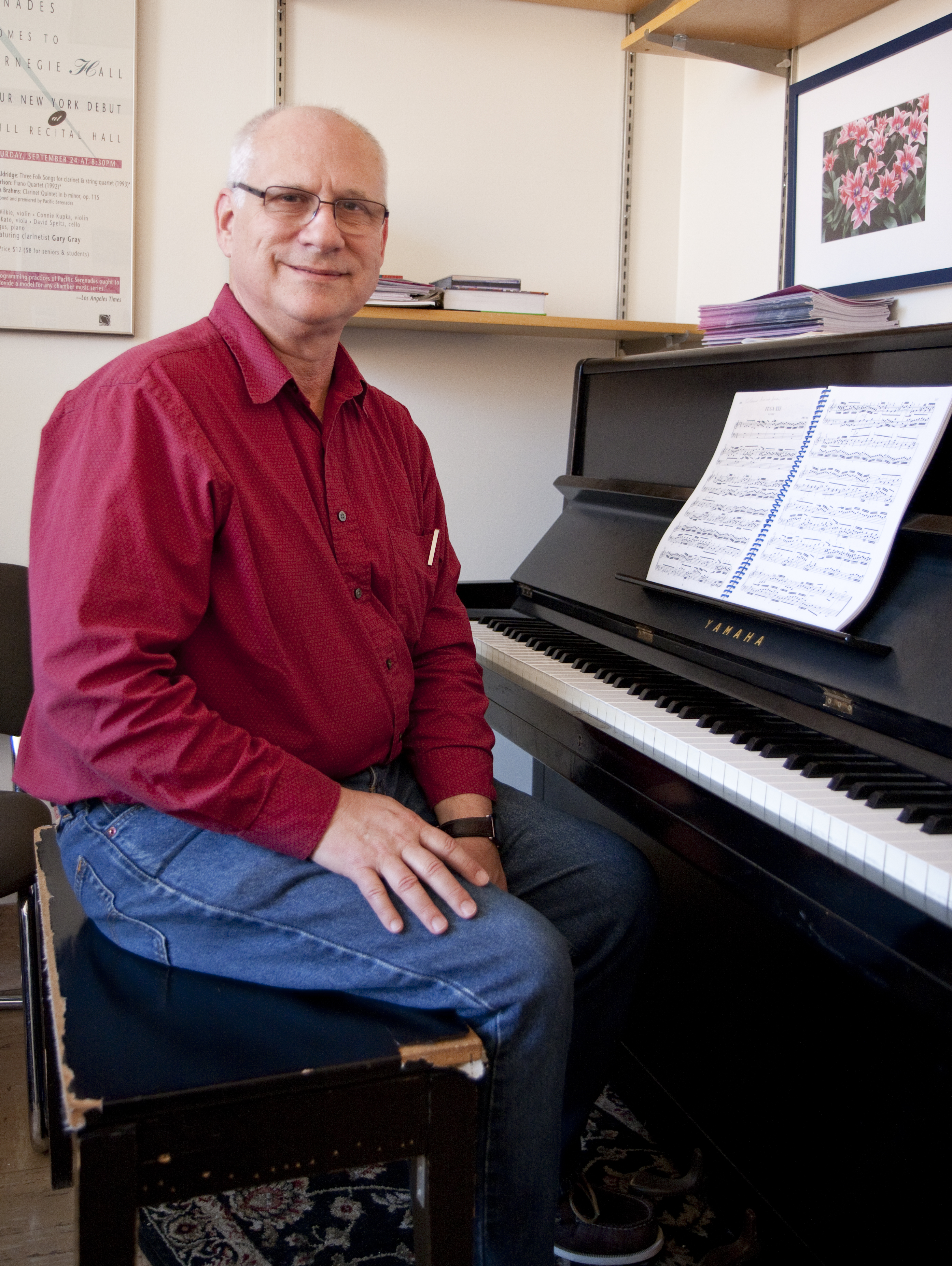Mark Carlson, UCLA professor of composition, composer and founder of L.A.-based chamber music group Pacific Serenades, said one of his fondest memories was 20 years ago, when he showcased his first full musical piece after the death of his life partner.
“It was very difficult to write and hard for me to tell if the piece was very good, … but the audience response was overwhelming, and it was a wonderful confirmation after a very difficult period,” Carlson said.
This year, after one of three performances for Pacific Serenades’ 26th annual concert series, Carlson said he has also received an overwhelmingly positive response for his new composition, “Cave Paintings.” The piece will be performed tomorrow night at the UCLA Faculty Center as Pacific Serenades’ third performance of the Markh concert “Cross-Pollination.”
Carlson said he came up with the idea to start Pacific Serenades as a graduate student at UCLA because he wanted to commission music writers in Southern California and maintain an intimate setting with chamber music, which typically only features four or five players.
Pacific Serenades has showcased 104 new compositions in the span of 26 years, with Carlson writing this year’s premiering musical piece.
The performance of Carlson’s composition will include saxophone player and UCLA professor of saxophone Douglas Masek, who will play alongside a violinist, violist, pianist and cellist. According to Carlson, he wanted to write a piece that showcased the saxophone even though it seems like a wildcard among strings and piano.
“I love Mark’s writing because he knows how to write for the instruments. … All of the movements of “˜Cave Paintings’ feature the saxophone in a different way, which makes it enjoyable for me to perform this year,” Masek said.
This year’s viola player, Roland Kato, said Pacific Serenades has showcased a composition with a bizarre instrument combination before (last year included an oud, which is a variation of the lute) but that Carlson’s writing makes Pacific Serenades accessible.
“It’s almost like listening to some movie music. … It evokes an image in your head,” Kato said.
Kato said each of the movements ““ “Of Strange Lands and People,” “Dance Noir,” “Late Autumn” and “Life Goes On” respectively ““ has its own musical identity.
“”˜Dance Noir’ is like watching a 1940s movie because it has a very jazzy aspect, while “˜Late Autumn’ is very contemplative and has a peaceful quality to it. … It’s like walking through a grove of maple trees changing color,” Kato said.
Carlson said “Cave Paintings” was inspired by the music of his parents and their youth in the 1930s and 1940s. “Late Autumn” was inspired by the ballads of that time period while “Life Goes On” blends two dances, the tango and the waltz.
“Walking through a cave and seeing the paintings might seem so remote yet so vivid, … and in the same way, the music of my parents’ youth is very vital in contemporary American music, … so much of it is still played even though it seems distant in time,” Carlson said.
